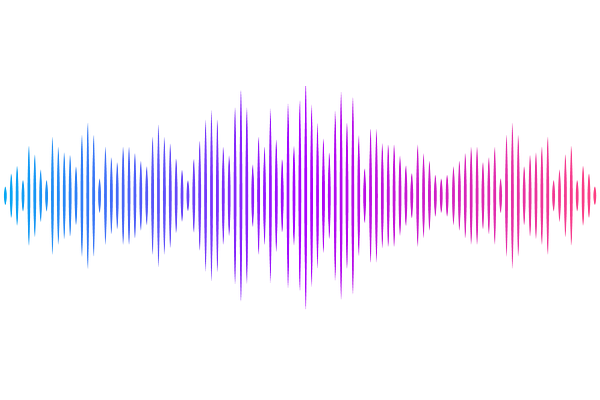Characterization of Neisseria gonorrhoeae colonization of macrophages under distinct polarization states and nutrients environment

Characterization of Neisseria gonorrhoeae colonization of macrophages under distinct polarization states and nutrients environment
Juarez Rodriguez, M. D.; Marquette, M.; Youngblood, R.; Dhungel, N.; Torres Escobar, A.; Ivanov, S. S.; Dragoi, A.-M.
AbstractNeisseria gonorrhoeae (Ng) is a uniquely adapted human pathogen and the etiological agent of gonorrhea, a sexually transmitted disease. Ng has developed numerous mechanisms to avoid and actively suppress innate and adaptive immune responses. Ng successfully colonizes and establishes topologically distinct colonies in human macrophages and avoids phagocytic killing. During colonization, Ng manipulates the actin cytoskeleton to invade and create an intracellular niche supportive of bacterial replication. The cellular reservoir(s) supporting bacterial replication and persistence in gonorrhea infections are poorly defined. The manner in which gonococci colonize macrophages points to this innate immune phagocyte as a strong candidate for a cellular niche during natural infection. Here we investigate whether nutrients availability and immunological polarization alter macrophage colonization by Ng. Differentiation of macrophages in pro-inflammatory (M1-like) and tolerogenic (M2-like) phenotypes prior to infection reveals that Ng can invade macrophages in all activation states, albeit with lower efficiency in M1-like macrophages. These results suggest that during natural infection, bacteria could invade and grow within macrophages regardless of the nutrients availability and the macrophage immune activation status.